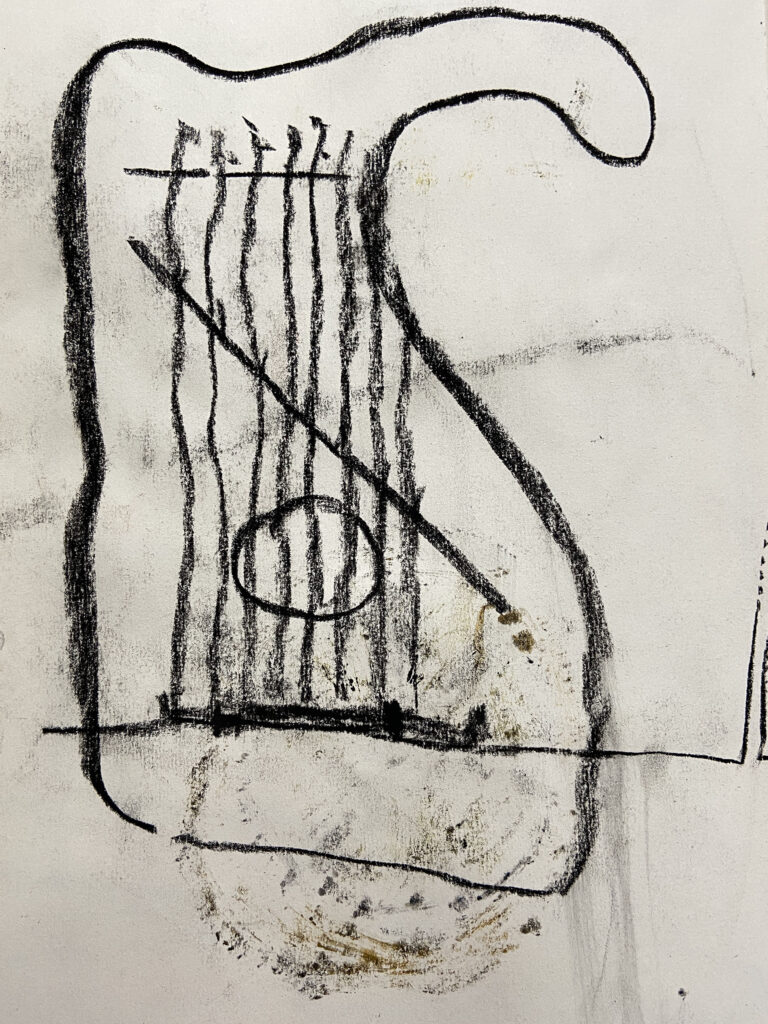I have recently been working on a new painting in my series The Mothers Before, which explores my direct female ancestors. My artistic process begins with extensive research to learn about these women who lived decades or even centuries ago. I ask myself questions like: Who were they? What was their social standing and role in their communities?
My journey starts with genealogical research. After selecting a direct female ancestor to portray, I gather information about her life. Sometimes there are existing paintings or photographs, or I may find letters, newspaper articles, or other texts. Occasionally, the only records left are brief accounts of life events documented in municipal archives. Often, information about these women’s private lives is tied to their husbands’ activities. Some were affluent upper-class women, married to city or country officials or wealthy merchants benefiting from colonialism, while others came from lower social classes and managed households with minimal income. Details about their physical attributes—such as hair or eye color, height, or weight—are usually absent, so I rely heavily on my imagination.
Once I have an idea of the “mother before,” I begin sketching. This process generates initial compositions and ideas regarding materials and colors, though the final artwork may evolve significantly.

When I feel ready, I dive into creating the painting. I often work for hours on end until the piece is finished, but sometimes I need to pause to let the paint dry.
Upon completion, it feels as though I have portrayed a family member, as I have connected with her story. While the physical traits in the painting may not be accurate, I feel a sense of familiarity. The final artwork serves as a visual interpretation of the research and imagination surrounding her life.

Over time, my limited memory causes me to forget details about her life, but at least I can now introduce her to my daughter.
In general, history offers us opportunities to learn from past mistakes and understand the myriad reasons behind people’s behaviors, fostering compassion. Learning about family connections, past generations, and historical events helps contextualize our lives, allowing for deeper self-understanding.
Therefore, exploring my family’s transgenerational history may provide my daughter and me with valuable insights into our behaviors, characteristics, and perspectives.
